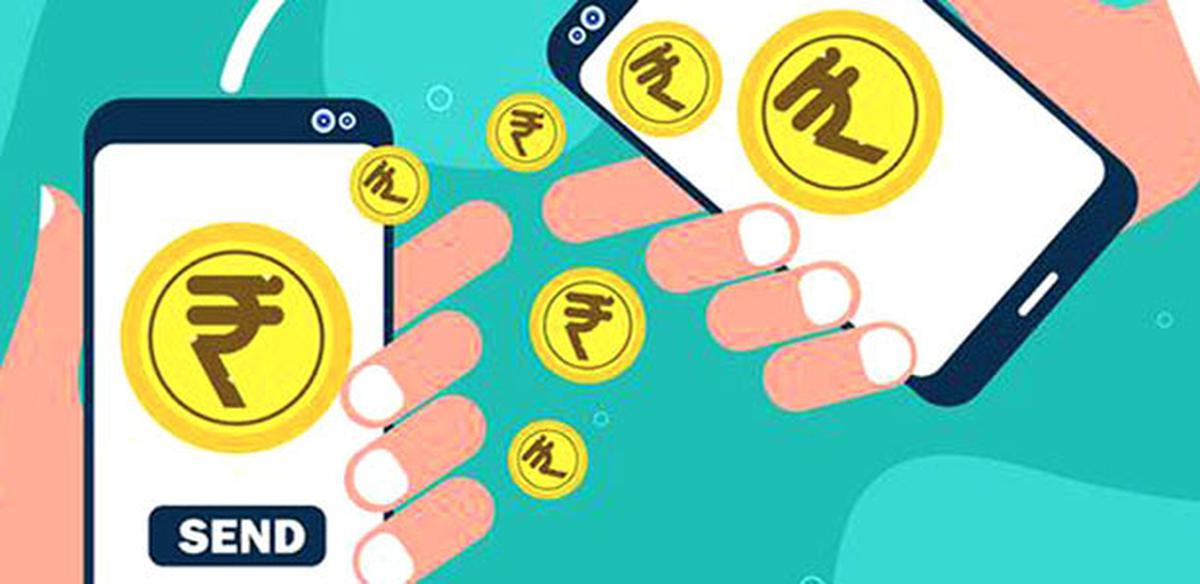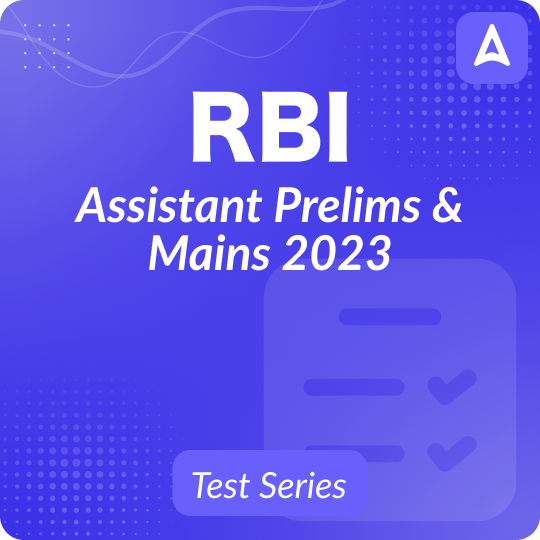In a recent development, the Reserve Bank of India (RBI) has made changes to the offline payment transaction regulations, aiming to enhance user convenience and digital payment adoption. The central bank has decided to increase the upper limit of offline payment transactions from ₹200 to ₹500, with immediate effect. This move is part of RBI’s ongoing efforts to streamline payment processes and adapt to evolving consumer needs.
Key Changes and Limits
-
Increased Transaction Limit: The upper limit for offline payment transactions has been raised to ₹500. This means that consumers can now make offline payments up to ₹500 using their payment instruments without the need for an active internet connection. This adjustment seeks to facilitate smoother transactions for small to moderate purchase amounts.
- Total Offline Transaction Limit: It’s important to note that while the upper limit per offline transaction has been increased, the total limit for offline transactions on a payment instrument remains ₹2,000. This ensures a balance between convenience and security, preventing excessive financial exposure in case of any unauthorized usage.
- Replenishment Process: To maintain security standards, the process of replenishing the used transaction limit is allowed only in online mode with an additional factor authentication (AFA). This extra layer of security ensures that the replenishment process is safeguarded against potential fraudulent activities.
Transaction Alerts and Liabilities
-
Transaction Alerts: Payment instrument issuers are now required to promptly send transaction alerts to users as soon as transaction details are received. While there is no strict compulsion to send an alert for each transaction, it is mandatory to adequately convey the details of every transaction. This practice enhances transparency and empowers users to monitor their payment activities closely.
-
Liabilities and Security: In the event of technical or transaction security issues arising at the merchant’s end, the acquirer (the entity facilitating the payment acceptance) will bear all associated liabilities. This measure holds the acquirer accountable for maintaining a secure and reliable payment environment for both merchants and consumers.
Customer Liability and Regulatory Framework
Offline payment transactions fall under the purview of RBI’s limited customer liability circulars, subject to any amendments made over time. This regulatory framework aims to protect consumers from undue financial burden in case of unauthorized transactions, ensuring a safe and secure digital payment ecosystem.
Find More News Related to Banking










 States and Capitals - How Many States in...
States and Capitals - How Many States in...
 Krishna Janmashtami 2025, When and How i...
Krishna Janmashtami 2025, When and How i...
 Unsung Heroes of Freedom Struggle: Kanak...
Unsung Heroes of Freedom Struggle: Kanak...

